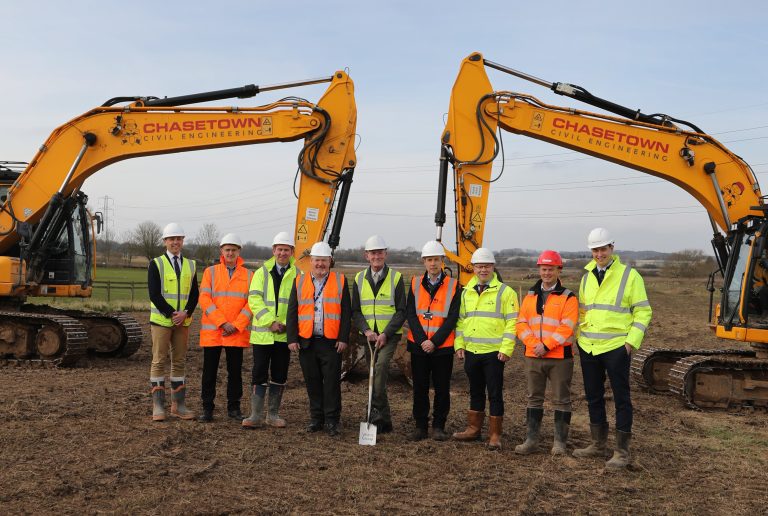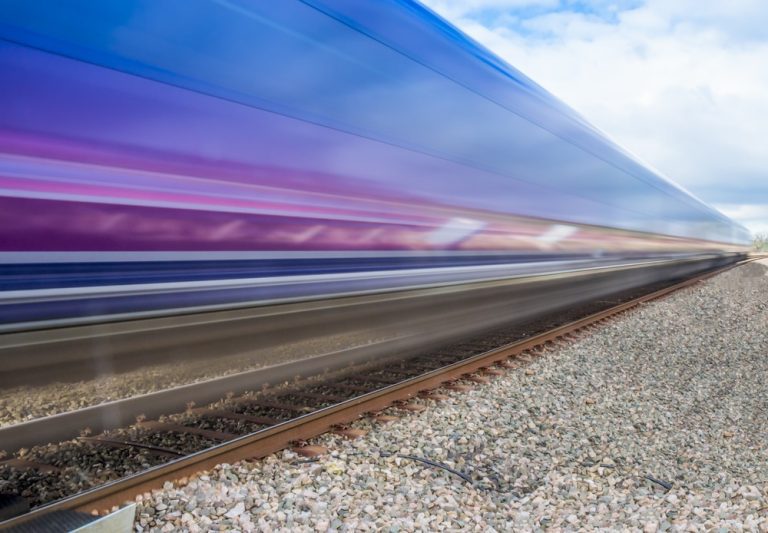BOOSTING inner city connectivity, work has begun on a new 85-metre-long walking and cycling bridge over the River Trent in Nottingham. Nottingham City Council has signed a £12.6m delivery agreement with Balfour Beatty for the network arch bridge, which will be 20 metres high from its deck to its peak, weighing in at 160 tonnes, or roughly equivalent to the weight of a blue whale. It is expected that more than 100 people will be employed during the project, including four apprentices. The new foot and cycle bridge will link the north side of the river, where the new Trent Basin community of 350 homes continues to take shape, and the south side of the river, where sports facilities, riverside walks and green spaces are close by. Multi-disciplinary consultancy Pick Everard is also part of the scheme, delivering project and cost management, and health and safety services. The firm is operating under Perfect Circle’s unique collaboration and was appointed via the SCAPE Consultancy Framework. Ricky Lee, associate director of project management at Pick Everard, said: “This is a landmark scheme for Nottingham City Council and the wider community, delivering improved cycle and pedestrian connections and wider social benefits across the city. “The bridge itself will be one of longest single-spanning network arch bridges for cyclists and pedestrians in the UK, and naturally a project of this scale requires extensive collaboration across various stakeholders to ensure it is a successful and rewarding scheme for residents and those visiting the city. “We’re looking forward to work commencing on site, which complements wider regeneration efforts across the city and recognises Nottingham as a sustainable place to work and live.” Construction timeline: Errol Wisby, portfolio director at Balfour Beatty, said: “We’re pleased to have partnered with Nottingham City Council and SCAPE to deliver this landmark project, which will enhance connectivity and promote sustainable travel in Nottingham city centre. “We now look forward to works commencing in earnest and seeing the positive impact this project will have on Nottingham and its residents both now and in the future.” The new bridge will be the first built in the city since the 1950s – a key new route between the north side of the river, encompassing popular Colwick Park along with the regenerating Trent Basin area, and the south side of the river with its many sports facilities, including the City Ground, Trent Bridge, Holme Pierrepont and Nottingham Rugby Club. By creating new connections between communities, green spaces, riverside paths and amenities, the bridge will make it easier for people living and working in the local area to travel in a more sustainable way. The bridge is entirely funded by the Transforming Cities Fund, provided by Central Government. The bridge will be the flagship, and final, project to come out of the City Council’s Transforming Cities Fund programme. In addition to the construction of the bridge, work is underway to ensure that it will be well connected to a high-quality cycle route on Daleside Road and wider sustainable transport connections through to the city centre, as well as to along the banks of the river to Colwick Park. Councillor Neghat Khan, Nottingham City Council leader and executive member for strategic regeneration, transport and communications, said: “I’m delighted to share that Nottingham City Council has officially partnered with Balfour Beatty, our trusted lead delivery partner, to bring our exciting new walking and cycling bridge to life. This ambitious project, fully funded by Central Government through the Transforming Cities Fund, marks a significant step toward a greener, more connected future. “I’m eager to see construction progress and watch this landmark take shape on our city’s skyline. Once completed, the bridge will enhance Nottingham’s cycling and pedestrian network, providing a safe, traffic-free route over the river and empowering more people to travel sustainably and healthily.” Building, Design & Construction Magazine | The Choice of Industry Professionals














